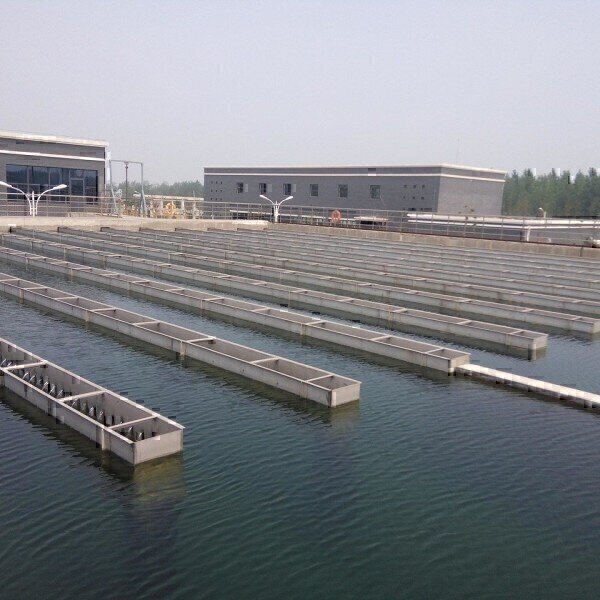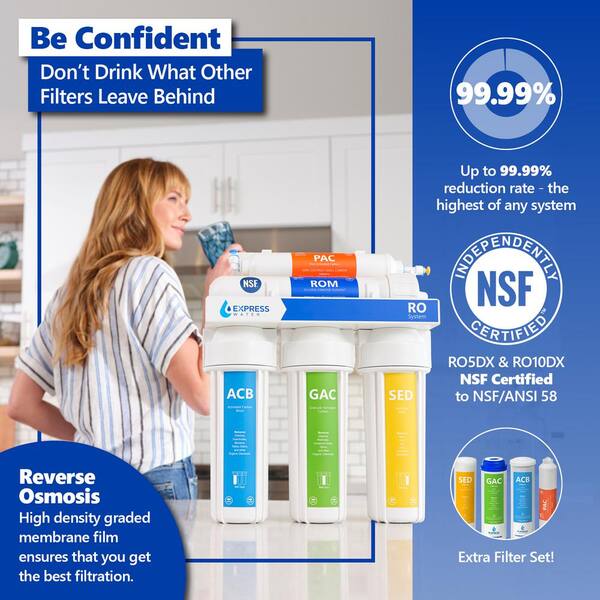A Biased View of Whole House Filtration
Table of ContentsThe Definitive Guide for Whole House FiltrationWhat Does Whole House Filtration Mean?The 15-Second Trick For Whole House FiltrationA Biased View of Whole House FiltrationOur Whole House Filtration IdeasWhole House Filtration Can Be Fun For Everyone

on the various other hand, originates from manufacturing, industrial and also commercial activities brought and also has a completely various make-up than sewer water. Just how does it work? The initial step in this water treatment plant is that the wastewater drains pipes to the plant with the assistance of gravity via the main sewer system.
In this phase, the water moves through the gravel chamber to remove any kind of grit. The water after that relocates to the bar displays which get rid of big objects.
Facts About Whole House Filtration Revealed
This is then eliminated from the storage tank and disposed of at the dump. Next comes the sedimentation stage, also recognized as the key treatment. In this phase, the water streams to the main settling tanks, additionally called pre-settling containers. These storage tanks have receptacles which are situated in the base of the container where water streams via.
These clearing up tanks allow the sludge to settle and after that relocates to food digestion tanks. In the digestion tanks, the sludge is heated as well as blended. Another essential point that occurs right here is the production of biogas, which the wastewater therapy plants can reuse, in the production of electric or thermal power which is another big advantage to the atmosphere.

This enables the separation of water from the semi-solid sludge, whereas the remaining sludge undertakes the mechanical procedure once again for dewatering, that is getting as much water from the sludge as possible - whole house filtration. The sludge after that left behind after the digestion and also dewatering process is total, is finally disposed of in the dump.
The Best Guide To Whole House Filtration
The last action in wastewater treatment is inspection. This inspection involves inspecting the contamination degree of the water dealt with and seeing to it it follows the highest possible criteria in order to be launched or recycled for residential or commercial objectives. Applications: A lot of petroleum refineries or petrochemical as well as chemical industries produce a huge amount of wastewater and need on-site wastewater treatment plants.
The wastewater below moves via screens and also into settlement containers that can secure particles in big amounts. It serves as a pre-treatment as stated over as it takes location prior to three more aggressive stages- primary, secondary as well as tertiary therapy - whole house filtration. Primary Therapy Throughout this stage, the wastewater relocates into the clarifiers.
It is the layout of web link these storage tanks that result in settling, that is, the organic strong matter accumulates at the base of the storage tank while the lighter matter floats to the top becoming less complicated for elimination. The raw material that works out near the bottom is referred to as a main sludge blanket.
Rumored Buzz on Whole House Filtration
Secondary Treatment This treatment stage is composed of cardio aeration. When this air streams with the aerators, the little openings existing, transform them into bubbles and also they obtain blended with the water column.
This RAS returns right into the key clarification container and the microorganisms in it assists in breaking down any type of natural issue in the sewage. When RAS has actually totally undergone both the key and additional clarification basins continuously, i. e a number of times, it is developed into waste-activated sludge (WAS). The WAS after that does not return to the primary clarification container yet instead relocates to the protected tanks, also recognized as cardio sludge digesters.
The staying sludge actions to the dewatering center that consists of dewatering storage tanks where the plant uses belt presses to squeeze any continuing to be water out of the sludge. Tertiary Treatment Tertiary therapy complies with the procedure of both key as well as secondary procedures yet additionally on top of that involves mechanical and photochemical procedures (whole house filtration).
Whole House Filtration Things To Know Before You Get This
Here the emphasis is provided to physical strategies such as screening, sedimentation, filtration, explanation etc. The objective of this is to get web rid of as much strong physical issues as possible prior to sending out the effluent for more treatment. This stage involves the removal of strong waste and also raw material. Right here chemicals are contributed to break down any type of strong and also chemical waste.
There are two types of resins- one is an anion one while the various other is a cation one. These previous resins release hydroxyl ions which are negatively billed while the cation resins release hydrogen ions that are positively billed. The cation-exchange materials bring about softening of water, the anion-exchange cause the elimination of nitrate from wastewater as well as the mix of both the anion and cation exchange eliminates basically every ionic contaminant present in the feed water with a process called deionization.
Applications: Demineralization causes the full removal of minerals from the water and is generally used in sectors that need water with high levels of pureness, for instance- makeup or feed water in high-pressure boilers, the food and drink market, as well as process streams made use of in the manufacturing of electronics. They are additionally utilized in industries for the generation of vapor, power and also cooling.
Indicators on Whole House Filtration You Need To Know
Reverse Osmosis (RO) Water Treatment The principle of reverse osmosis his explanation (RO) operates on the filtration technique that causes the elimination of a lot of pollutants and also impurities from wastewater by using stress to it when it gets on one side of a membrane layer. How does it work? This water treatment plant functions by utilizing a high-pressure pump that raises the stress on the salt side of the RO and requires the water throughout the semipermeable RO membrane layer (which permits some atoms and particles to pass however not others), leaving nearly 95%-99% of liquified salts in the decline stream.